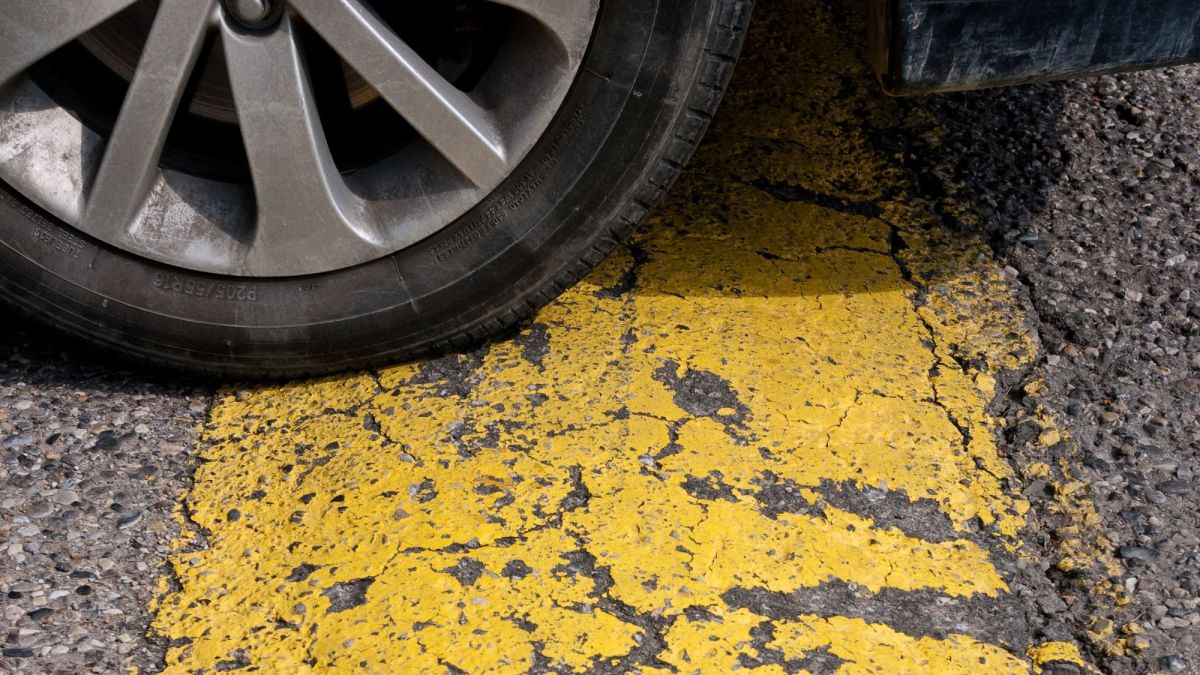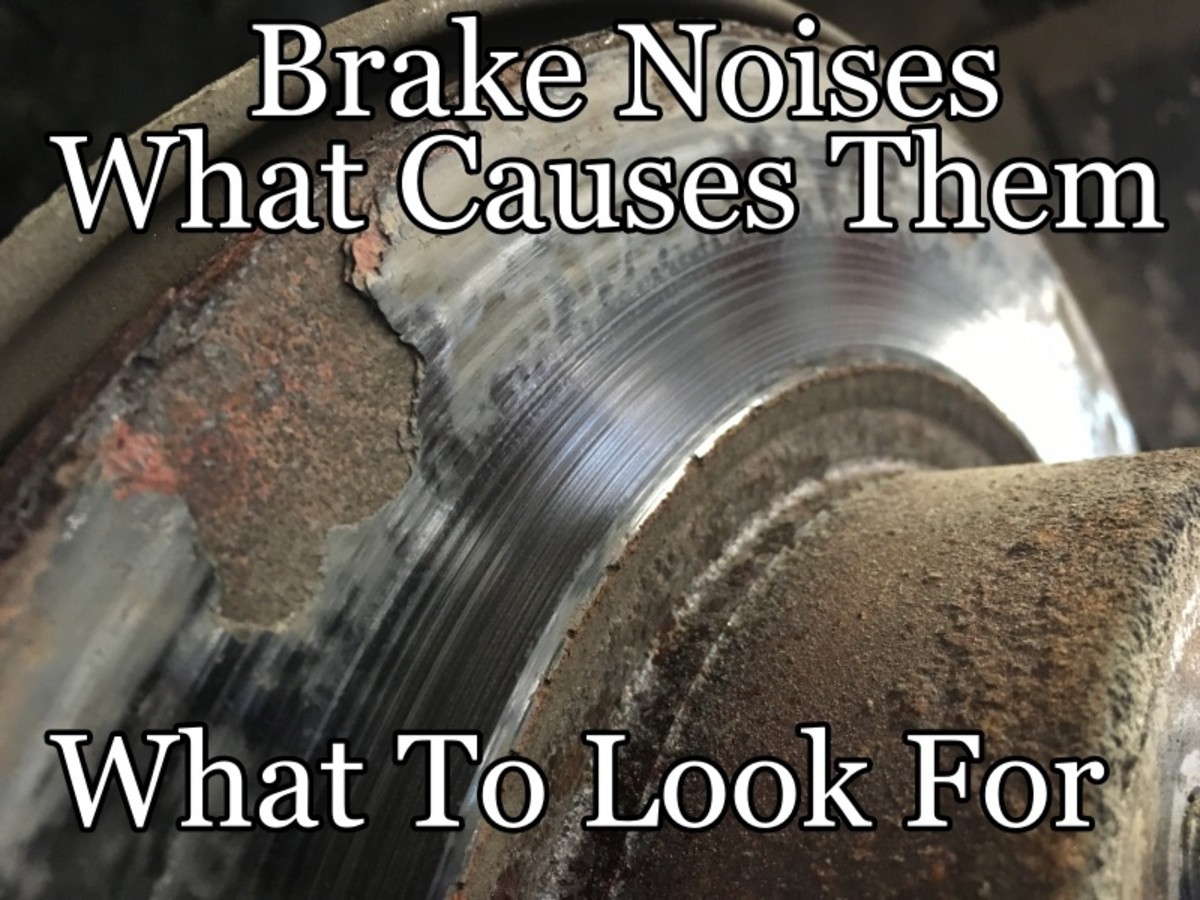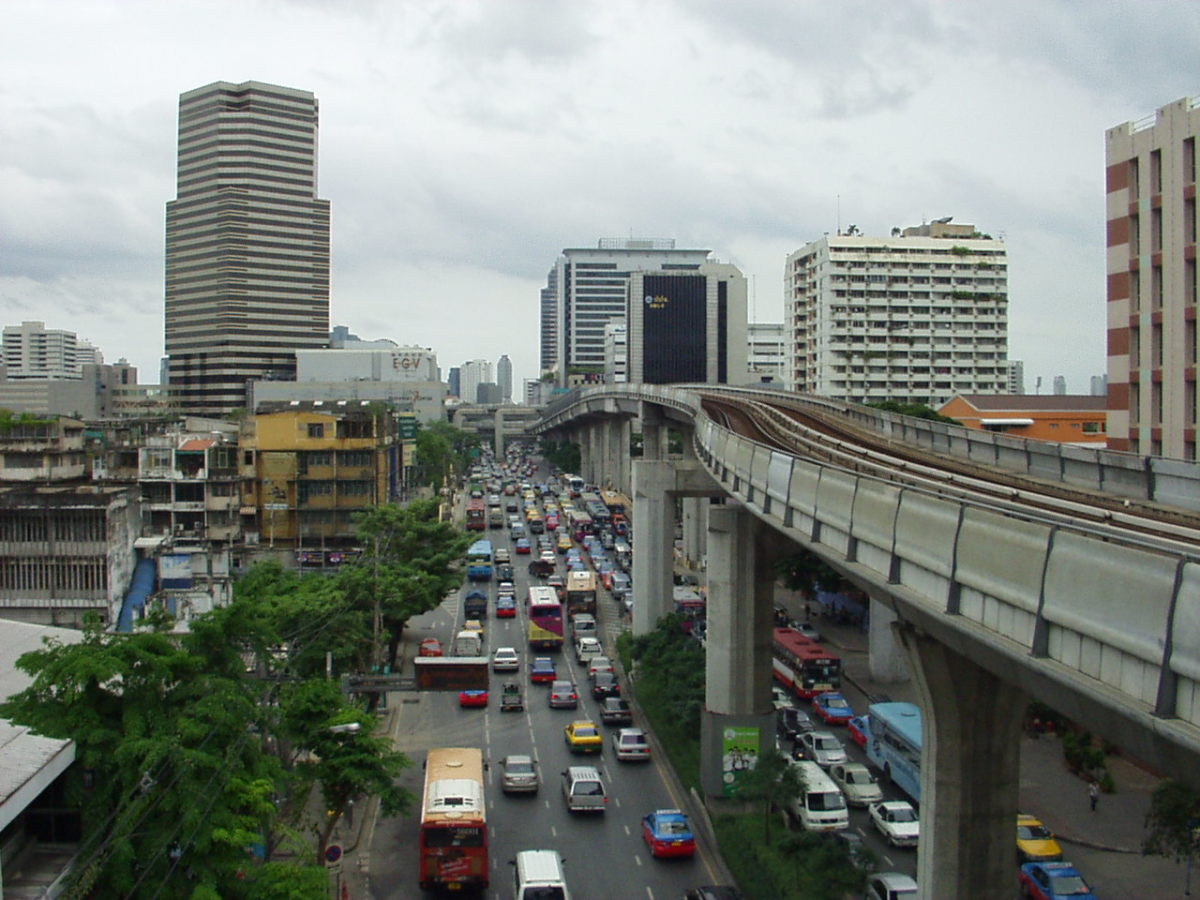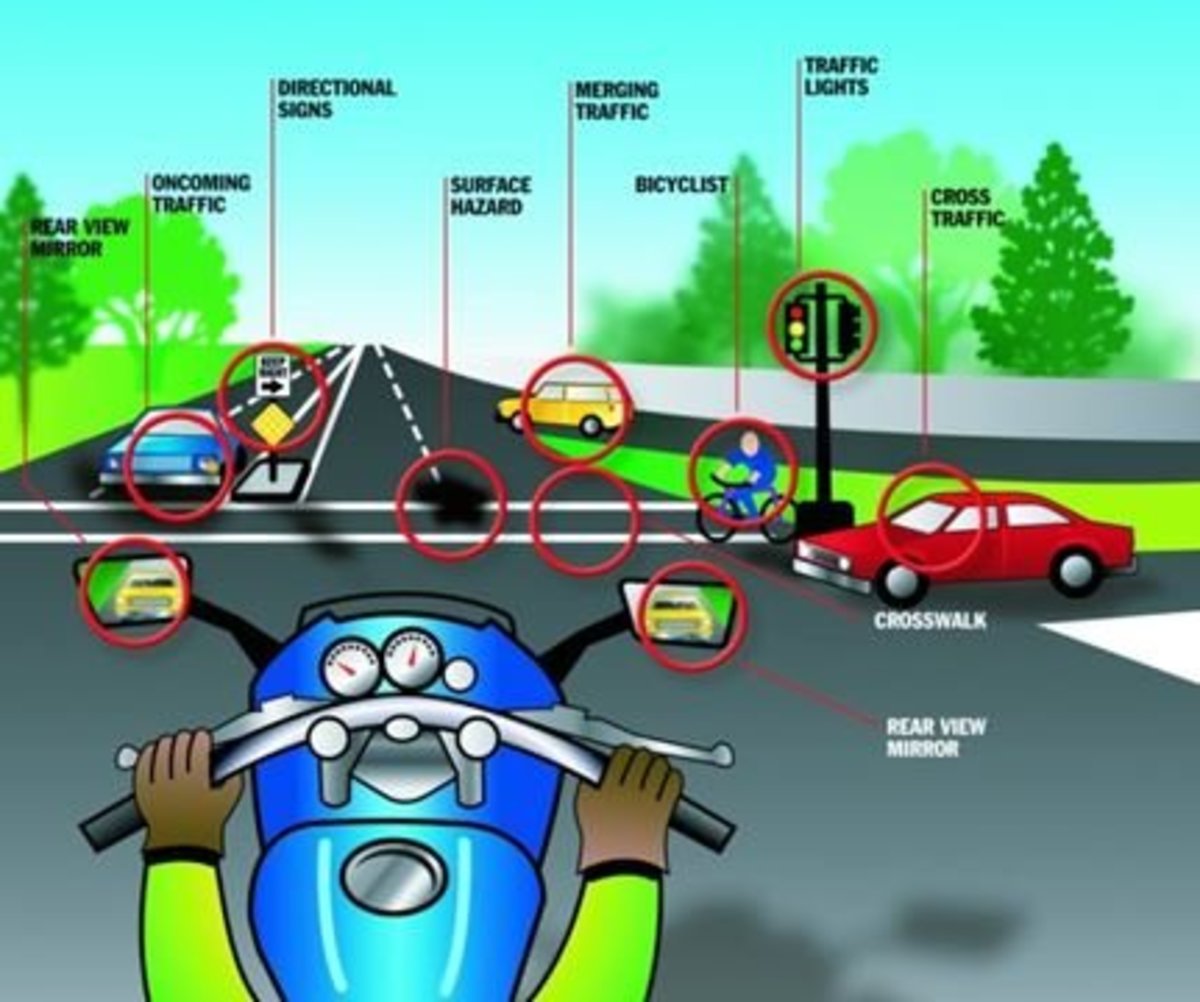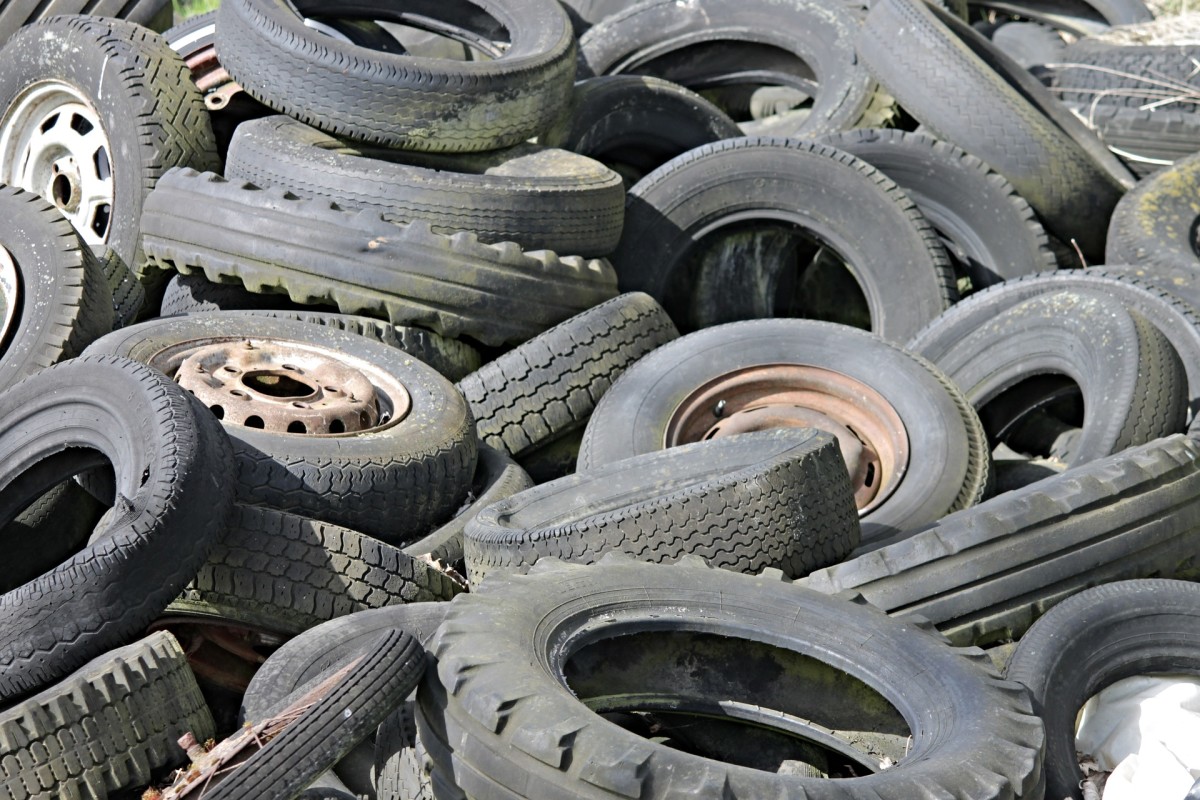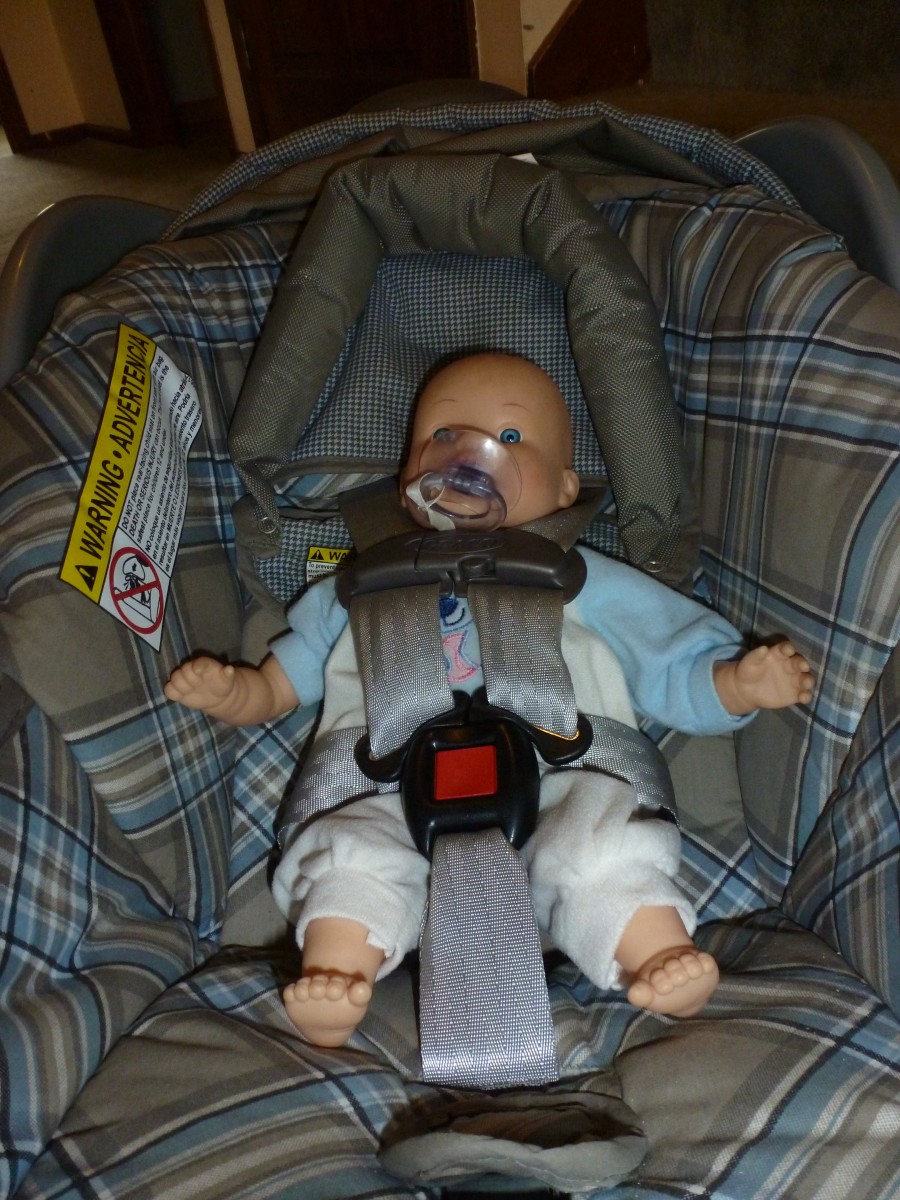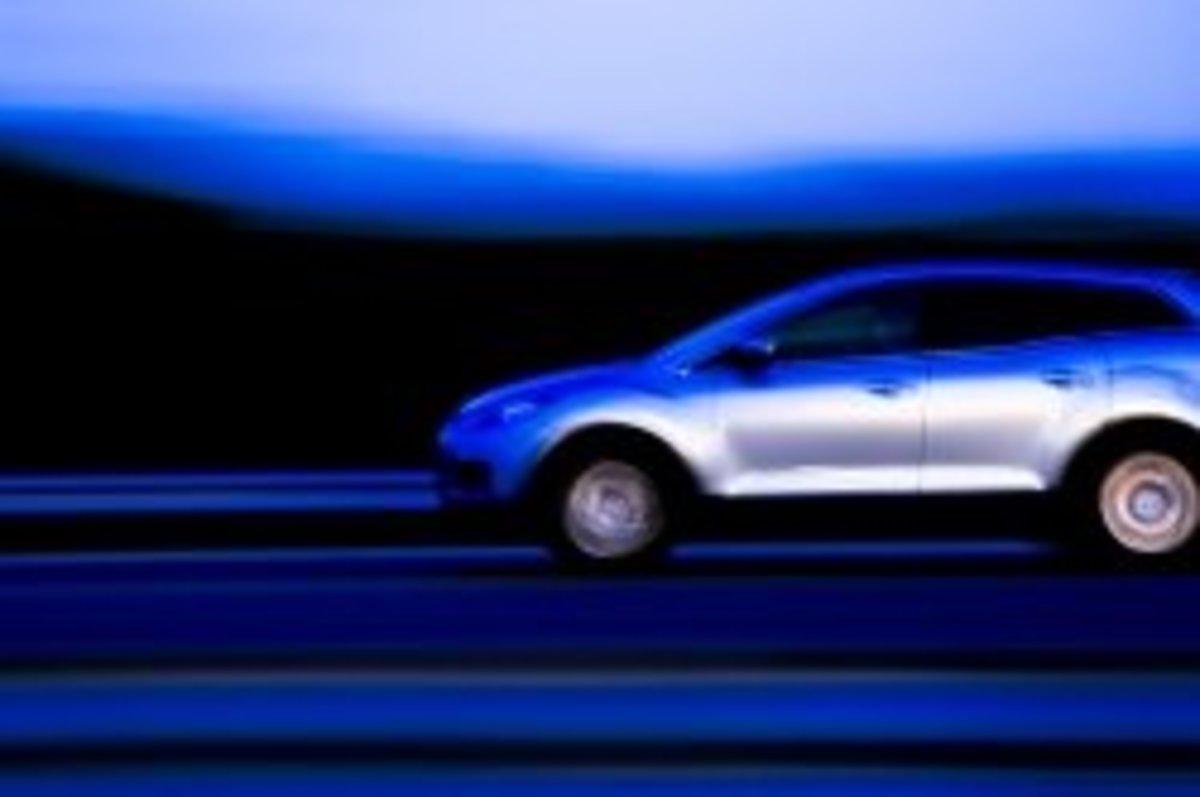How I passed my driving theory 2011 Notes
Driving Theory Notes
Anti-Lock brakes
·Prevent wheels locking so can steer while braking, thus no skid
·Useful in emergencies or general braking
·Work best when brake excessively, rapidly or firmly
·Don’t work well when road is wet or loose
·If the anti-lock brake warning light comes on have the brakes checked immediately
Driving in poor weather
·Use slow speeds and high gears to avoid icy road wheelspin
·When the back of the vehicle slides right, steer right
·Driving on ice the steering will be lighter and the tyres will make less noise
·On a wet motorway used dipped headlights
·Use rear foglights if visibility is less than 100m but against the law otherwise
·When parking on the road in fog leave sidelights on
·Icy roads leave 10x normal distance from driver ahead because 10x normal breaking distance and wet road-4 seconds (not 2)
·If skid on wet road without anti-lock brakes, release footbrake
·To dry brakes, drive slowly and apply light pressure
·With wet road stops ensure both hands are on the wheel
·Check tyre pressure when they are cold
·When it is hot the road is soft which can affect the tyre grip and braking
Car Maintenance
·Top up battery fluid with distilled water to just above the cell plates
·If there is too much oil in the engine it will leak
·Under-inflated tyres can cause heavy steering so inflate more with heavy load or when travelling fast for long distance
·Main cause of brake fade is the brakes overheating
·If the car bounces when the front wing is touched, there are worn shock absorbers
·Legal minimum tread for tyres over ¾ depth-1.6mm
·Unbalanced wheels cause the steering to vibrate
·Turing the steering wheel while stationary can cause brake and steering damage
·Between 12-6am there is minimum natural alertness
·Coasting (driving in neutral or with clutch pressed down) causes worse brakes, steering and control, since there is no engine braking
·Test brakes after safety hazard
·Most common cause of skidding-driver error
·If tyre bursts while driving, pull up slowly at side and hold wheel firmly but if front tyre-let vehicle roll to stop
·If your car is on fire but is driveable, drive out of tunnel
Other vehicles
·Flashing blue beacons-bomb disposal, police, blood transfusion, coastguard, mountain rescue
·Flashing green beacons-doctor’s car on emergency call
·Flashing amber lights-disabled person’s vehicle, slow moving vehicle
·If someone is tailgating you, slow down and increase the gap between you and those ahead
·If a lorry is taking a long time to overtake, slow down but normally keep a steady course
·To alert others to your presence, use horns or flash lights
·Use hazard lights to warn other behind of hazard or when your vehicle has broken down
·Slow before turning to alert others
·Dip headlights as soon as the vehicle passes
·Help pennant displayed in car-disabled person
·In collision find out name, address, number, vehicle owner, insurance details
Others at Risk
·Children under 14 must wear helmet on horse
·Children under 12y or 1.35m need a child restraint
·When a passenger is over 14, they are responsible for themselves
·Cyclists are the most at risk from tram rails
·Main hazard of cyclists-may swerve out into road
·Motorcyclists may use dipped headlights in the day to increase their visibility
·Motorcyclists most vulnerable when approaching junction
·Pedestrian with a white tick and a red band-deaf and blind
·Pedestrian with reflective clothing and red light-organised walk
·Pelican crossing [you press button]-flashing amber lights-give way to crossing pedestrians
·Toucan crossings-for pedestrians and cyclists
·Puffin crossings [by ASDA]-drivers not shown flashing amber lights
·Traffic light order-green, amber, red, amber and red, green
·Areas reserved for trams shown by white line markings, different coloured surface, different textured surface
Driving Technique
·Can’t drive if breath alcohol higher than35mg/100m or blood alcohol higher than 80mg/100millitres
·First sign of approaching train-steady amber light
·Low gear-down hill and up-you will slow down faster
·Contraflow system-narrow lane with no permanent barrier between lanes
·In a tunnel, tune the radio to the frequency shown
·Don’t sound the horn from 11:30-7 in built up areas
·Automatic cars-‘kick down’ means quick acceleration
·When leaving the hard shoulder, gain speed on it first
·Red flashing lights above motorway mean stop and wait
·When traffic joining motorway from slip way move to another lane
·Active traffic management-hard shoulder can be used as running lane to prevent congestion
·If you’re in a wrong lane for a junction and it is busy, stay in that lane
·On a clearway you must not stop at any time but in an urban one you can collect passengers
·Nearest you can park to a junction-10m
·Save fuel by driving smoothly (15% less), miss out gears, less acceleration, less speed (70mph 30% more than 50mph)
·Road traffic-20% all emissions
·Plan route before journey by contacting motoring organisation
·When towing a trailer, only use left and central lanes, aid handling by fitting a stabiliser to the tow bar, aid braking with a breakaway cable and check the maximum noseweight of the car’s tow ball using the vehicle handbook and safest to use extended-arm side mirror and rear
·When turning right onto a dual carriageway, check that the central reservation is wide enough
·When turning right in a one way street, position yourself in the right hand lane
·When parking facing downhill, turn wheel towards kerb and firmly apply handbrake
·The windscreen pillar can act as an emerging junction obstruction
·If you can’t see when reversing, ask someone to help you
·Before a U-turn, look over your shoulder
·Check right mirror before going right, for overtaker
·Slightly curved/convex mirrors means a wider field of vision
·Motorway studs-left hand edge red, right amber, lane separation white, green at junctions
Emergency Situations
·Emergency telephone found by marker posts and contact police or Highway Agency control centre and they can ask number of phone using car details, if you belong to a motoring agency
·Warning triangle-45m behind your vehicle
·When in shock, a person will have pale grey skin
·If unconscious, check breathing for a minimum of 10 seconds, tilt head back to clear airway
·If burned, cool for 10 minutes minimum
·If not breathing normally, do 100 per minute chest compressions
·If an adult is not breathing, press down 4-5cm but if small child, breathe into mouth gently
·First things to do in a collision-warn other traffic by switching on hazards, call 999, get uninjured people away from the scene
Documents
·MOT valid for 1 year after issue date and are needed when car is over 3 years old
·Drive with invalid MOT could invalidate insurance
·Cover note-issued before insurance certificate
·Third party insurance-injury/damage to others and their possessions
·Insurance excess of £100 means you have to pay first £100 of a claim
·Maximum fine for driving without insurance-£5000
·Excise duty/road tax/tax disk
·Need to update vehicle registration certificate when move house
·6 penalty points in 2 year, licence removed
·Police can ask you for driving licence, insurance certificate, MOT certificate in collision
·If police ask for documents that aren’t on you, you have 7 days to take them to station
Speed Limits
·Variable speed limits reduce traffic bunching on motorway
·30mph shown by street lights
·40mph will kill a pedestrian but at 20mph there is only a 1/20 chance
·Class 3 powered vehicles/scooters max 4mph pavement, 8mph road
·1 car length-4m
·Stopping distance=Thinking distance (speed/10*3)+Braking Distance
Speed and Braking Distance
Speed/mph
| Breaking Distance/m
|
|---|---|
20
| 6
|
30
| 14
|
40
| 24
|
50
| 38
|
60
| 55
|
70
| 75
|
Speed Limits
Vehicle
| Built-Up Area
| Single Carriageway
| Dual Carriageway
| Motorway
|
|---|---|---|---|---|
Cars and Motorbikes
| 30
| 60
| 70
| 70
|
Towing Cars and Lorries
| 30
| 50
| 60
| 60
|
Buses
| 30
| 50
| 60
| 70
|
Goods Vehicles
| 30
| 50
| 60
| 70
|
Good Vehicles +7.5tonnes
| 30
| 40
| 50
| 60
|

